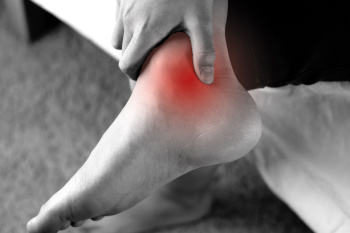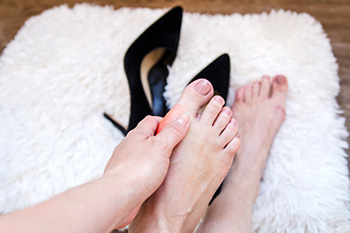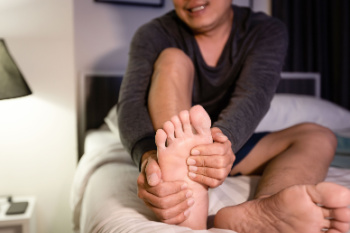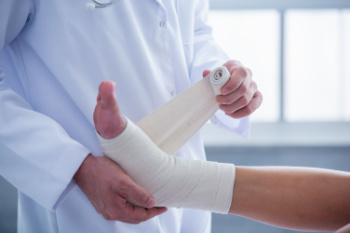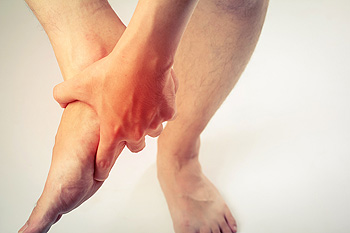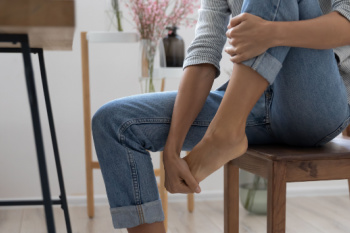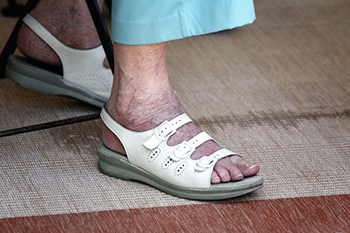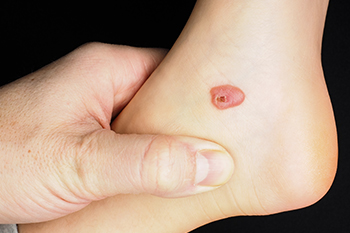
Foot blisters are a common and painful issue caused by various factors. Friction is the primary culprit, often resulting from poorly fitting shoes that rub against the skin. Excessive moisture from sweat can soften the skin, making it more prone to blistering. Prolonged activity, such as running or hiking, increases the likelihood of blisters due to continuous friction and pressure. Heat and humidity exacerbate the problem, as damp skin is more susceptible to damage. Additionally, wearing socks that do not wick away moisture or that bunch up can also contribute to blister formation. Understanding these causes helps in taking preventive measures, such as choosing well-fitted, breathable footwear and moisture-wicking socks. Foot blisters can be common, and may become infected if not cared for properly. If this applies to you, it is suggested that you contact a podiatrist who can offer effective treatment solutions for infected blisters.
Blisters are prone to making everyday activities extremely uncomfortable. If your feet are hurting, contact one of our podiatrists of Footcare Now. Our doctors can provide the care you need to keep you pain-free and on your feet.
Foot Blisters
Foot blisters develop as a result of constantly wearing tight or ill-fitting footwear. This happens due to the constant rubbing from the shoe, which can often lead to pain.
What Are Foot Blisters?
A foot blister is a small fluid-filled pocket that forms on the upper-most layer of the skin. Blisters are filled with clear fluid and can lead to blood drainage or pus if the area becomes infected.
How Do Blisters Form?
Blisters on the feet are often the result of constant friction of skin and material, usually by shoe rubbing. Walking in sandals, boots, or shoes that don’t fit properly for long periods of time can result in a blister. Having consistent foot moisture and humidity can easily lead to blister formation.
Prevention & Treatment
It is important to properly care for the affected area in order to prevent infection and ease the pain. Do not lance the blister and use a Band-Aid to provide pain relief. Also, be sure to keep your feet dry and wear proper fitting shoes. If you see blood or pus in a blister, seek assistance from a podiatrist.
If you have any questions, please feel free to contact our offices located in Elmhurst Jackson Heights, Astoria, NY, and Rego Park, NY . We offer the newest diagnostic and treatment technologies for all your foot care needs.
